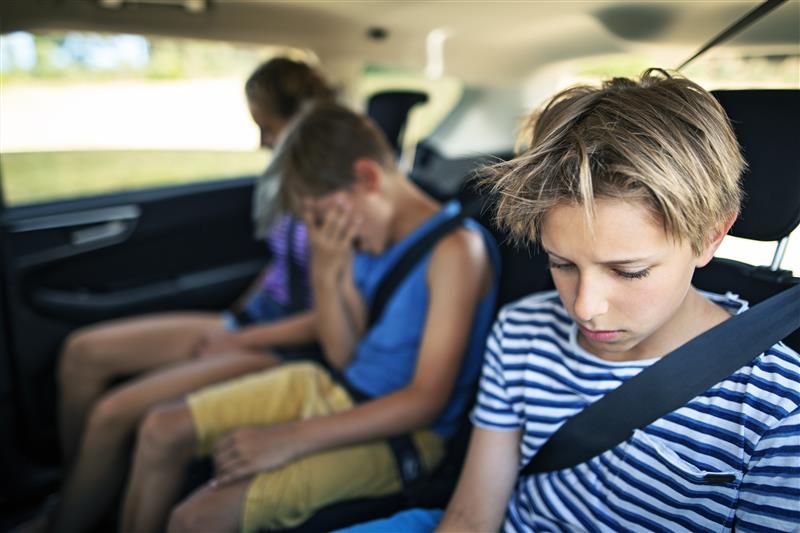There are two main difficulties with staying alert while driving at night. Firstly, it’s dark. Secondly, you’re likely to be sleepy and lower on concentration, and so are the other drivers!
As a result, driving at night is more dangerous than many people think – with analysis of Department for Transport data revealing that around 40% of road traffic accidents happen at night, even though there’s typically less traffic on the roads.
Let’s take a closer look at the hazards:
Darkness
Darkness can seriously affect driving conditions. Many of the decisions you make behind the wheel depend on good vision, and vision is severely limited at night.
To make matters worse, modern LED and SUV car headlights tend to be brighter and set higher, increasing the risk of glare. This is highlighted in recent research carried out by Which? that revealed around 76% of drivers are worried about accidents due to headlight glare dazzling drivers.
In addition, older drivers have even greater difficulties seeing at night; a 50-year-old driver may need twice as much light to see as well as a 30-year-old.
Tiredness
Another factor adding danger to night driving is fatigue. Drowsiness makes driving more difficult by dulling concentration and slowing down your reaction time. The road safety charity Brake says that driving while tired can be as dangerous as drink-driving.
If you add alcohol into the mix, you’ve got a recipe for disaster. The main rule of thumb is don’t drink and drive at all. Alcohol severely impairs your driving ability and also acts as a depressant, so just one drink can induce fatigue.
As a result, weekend nights are more dangerous, as more people are likely to be out driving after drinking or driving when tired.
Taking steps
Fortunately, there are steps you can take to help you drive more safely at night.
- Prep your car
Remember, it’s illegal to drive at night without working front and rear lights. Prepare your car for night driving by checking and cleaning your headlights, back lights, signal lights and windows, both inside and out, once a week, and more often if necessary. - See and be seen
Always turn on your headlights if you're in any doubt about evening or night visibility. Best practice suggests switching them on an hour before sunset and keeping them on for an hour after sunrise in the morning as well. Although lights won’t help you see better in early twilight, they will make it easier for other drivers and pedestrians to see you. Being seen is as important as seeing. But always make sure you’re using the appropriate beam remembering that full beams could blind other drivers. - Be mindful of others
Speaking of which, it’s important to make sure your headlights are properly aimed – many are set too high. This can blind other drivers as they approach you and reduce your ability to see the road. Before you set off, make sure your mirror is adjusted to its anti-dazzle setting. If you wear glasses, you may want to consider investing in anti-reflective lenses to help with driving at night. - Hold your course
If an oncoming vehicle doesn’t lower its beam from high to low, avoid the glare of the lights by watching the left edge of the road, and using it as a steering guide. That way you’ll stay on track. - Drop your speed
Reduce your speed and increase your following distances. It's more difficult to judge other vehicles’ speeds and distances at night. - Get some rest
Finally, make frequent stops for light snacks and exercise if you’re driving through the night. If you're too tired to drive, stop and get some rest. It’s even worth shutting your eyes for a power nap – but make sure you’re somewhere safe! This may mean you have to leave the motorway and find a service station or even a town. Never be tempted to snooze on the hard shoulder.




